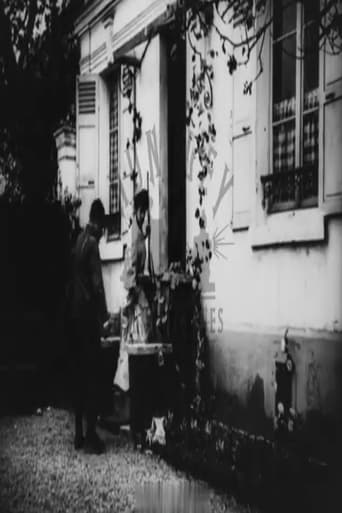Snow Leopard
French cinema pioneer Ferdinand Zecca is interesting in that his movies could be so different from one another. Some of his features were imaginative fantasies, others were witty comedies, while others, like this one, were grim, realistic dramas. This movie is generally effective in not just telling its story but in conveying at least some of the emotional impact that the events have on the characters.The story starts with a brutal crime committed against a young woman, and then follows her father's desire for revenge. Later on, directors would use close-ups and the like to allow their characters to convey emotion, but in earlier dramas like this, they had to rely on story-telling, use of detail, and the force of the events themselves.This one builds up the viewer's emotions by its portrayal of an innocent young woman who seems devoted to her father, and whose own good nature is used against her by a hateful villain. There are then some fast-moving action sequences that build on the setup. It's not a complicated or highly original story, but it works well enough.The whole movie was filmed outdoors, giving it some additional realism, and a number of times Zecca has the camera pan or track across the scene. You can tell that the technique was relatively new, in that Zecca's choices as to when to move the camera are a lot different from the ways that later directors would use it. But without pioneers like Zecca, many aspects of motion picture technique might have developed more slowly.

